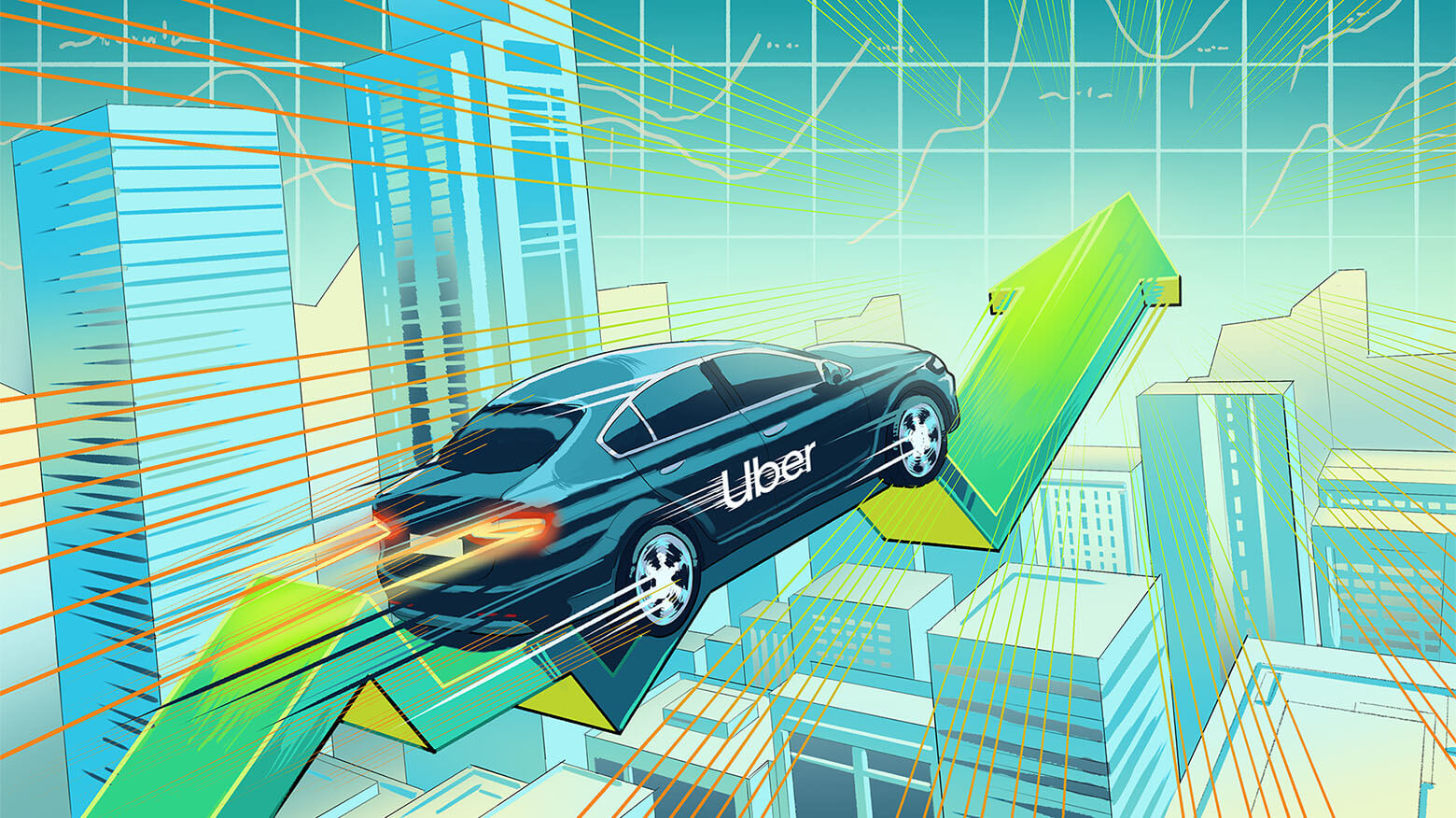General Electric’s collapse should have served as a reminder that buying a company based solely on past reputation and dividend yield is a dangerous endeavor. GE is also a great example that dividends are not paid out of earnings, especially massaged-to-death non-GAAP earnings, but from free cash flows. GE’s non-GAAP earnings were double its dividend payment.
This brings us to another American icon of the past: ExxonMobil. It was clearly one of the most respected oil companies in the world. Its stock was passed from generation to generation, with a deathbed whisper “Never sell Exxon.” And for a long period of time, if you listened to that whisper, you grew richer as Exxon continued to grow its earnings, raise its dividend, and buy back stock.
These days are long gone. Today Exxon is riding slowly into the sunset.
The company has been in self-liquidation, but investors never got the memo. Over the last ten years ExxonMobil spent $275 billion returning money to shareholders through dividends and stock buybacks, while it earned $318 billion of net income. On the surface these numbers look great. There is only one problem: – Exxon’s reported earnings dramatically overstate the company’s true earning power. Finding new oil and extracting it has become much more expensive, and thus Exxon’s capital expenditures – the cash it spends on replenishing reserves and extracting – oil significantly exceed the company’s depreciation expense (an income statement number).
ExxonMobil’s cumulative free cash flows – the cash earnings left after the company has paid for replenishing reserves and extraction – were only $183 billion over the last ten years, not enough to cover its giant, ten-year $275 billion return of capital to shareholders – a shortfall of almost $100 billion. To finance dividends and buybacks, Exxon had to leverage its balance sheet. Over ten years the company went from floating on $24 billion of (net) cash to drowning in $38 billion of net debt.
But it gets worse. “Over the last ten years ExxonMobil replaced 82 percent of produced volumes. ExxonMobil’s reserves life at current production rates is 13 years.” That comes directly from Exxon’s 2016 annual report. 2017 was not better for Exxon, either –oil production was down 3%.
What is truly amazing is that ExxonMobil investors’ vision is so thoroughly obfuscated by the company’s “better than bonds” dividend yield of 4%. Let me tell you what it “obfuscates.” Today investors are paying $330 billion for a company that earned $15 billion in 2017, or about 22 times earnings. Okay, not cheap for a company that has been selling fewer and fewer barrels of oil every year, but maybe not worth my spilling digital ink over. But it gets worse – much worse. Exxon’s 2017 free cash flow was only $7 billion (the same number as in 2016, when oil prices were low – in 2017 prices rebounded), thus putting its price to free cash flow multiple at around 47. That 4% dividend that investors are so magnetized by cost the company $13 billion in 2017. And, yes, $6 billion of that dividend was subsidized by bond holders (again).
If you are buying Exxon stock today you betting that oil prices will rise and ExxonMobil’s financial situation will improve considerably, even though its production will continue to decline.
If oil prices remain at current levels, at some point bond investors will lose their willingness to support this shrinking enterprise. The dividend will get cut and investors will wake up to the rude awakening that they paid a lot for very little. But imagine what will happen if we enter into a recession and oil prices take a turn for the worse.
GE retaught investors the great lesson that things that cannot go on forever don’t. Hopefully, ExxonMobil investors will heed that lesson.










0 comments